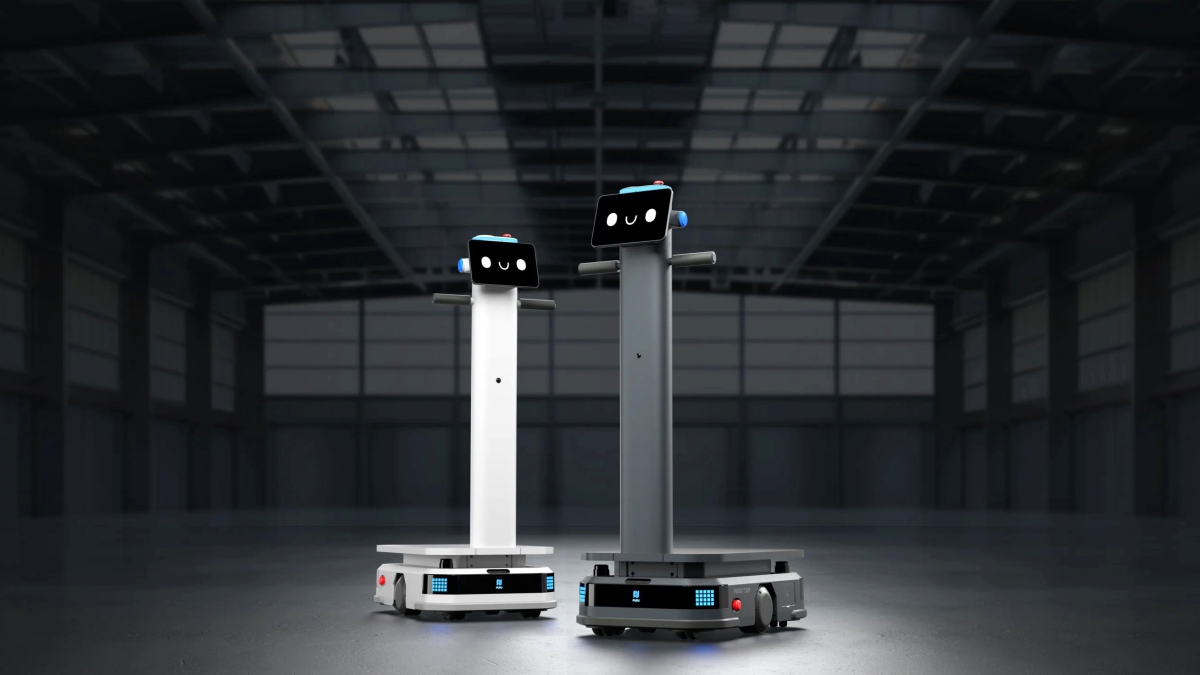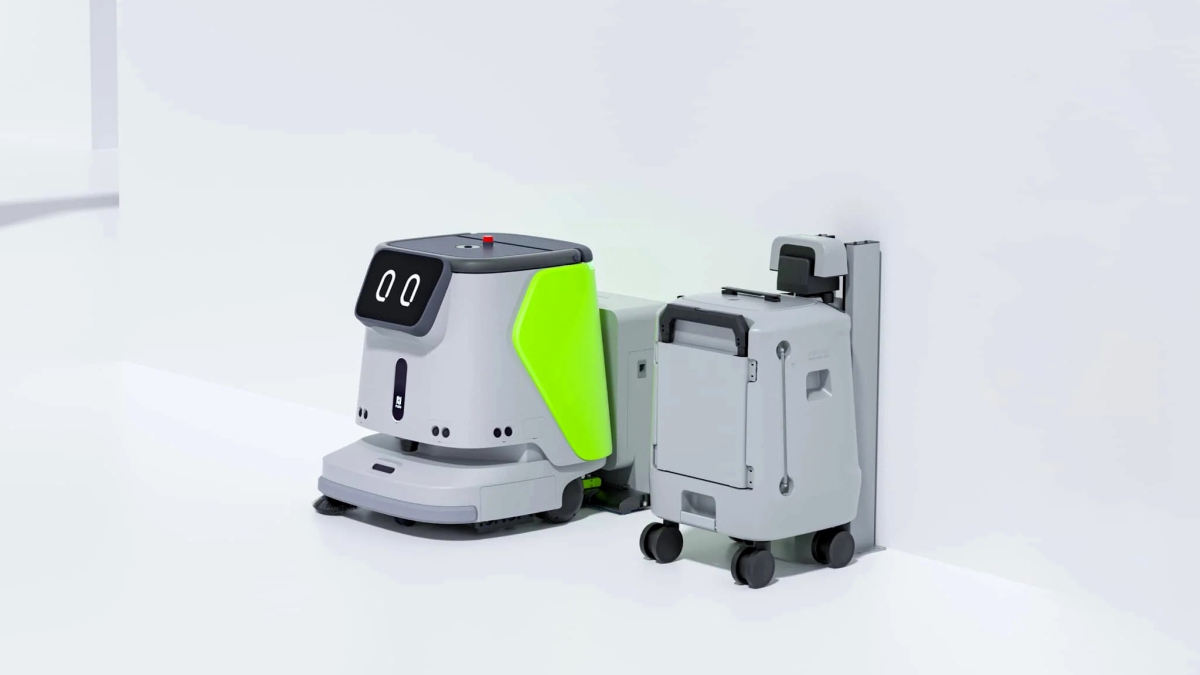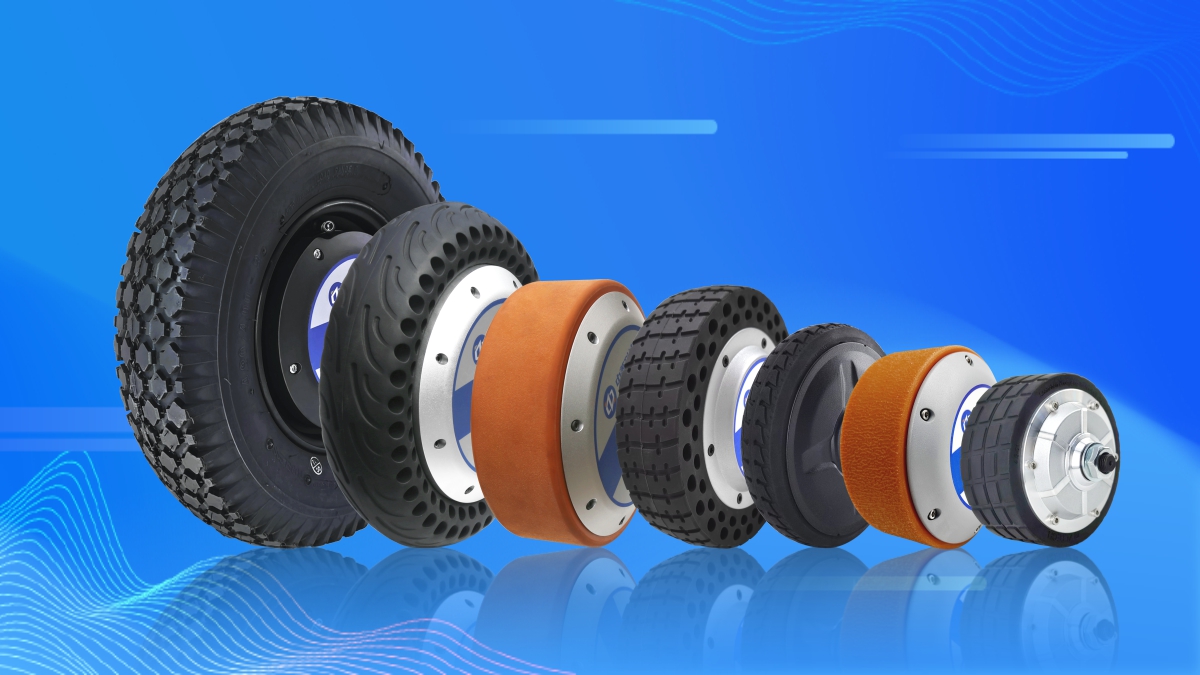In the field of intelligent robot, whether it is delivery robots shuttling in factories, rescue robots in complex outdoor terrains, or cleaning robots in homes, their “agility” cannot be separated from a core technology – hub motor. As a driving device directly embedded in the wheels, hub motor is redefining the motion capabilities of robots by breaking through the limitations of traditional power systems, becoming the “invisible engine” for efficient operation of robots in the intelligent era.
1. Technological breakthrough: How can hub motor achieve a ‘dynamic gene’?
The core advantage of hub motor lies in its highly integrated and precise control capabilities. By directly integrating components such as motor, reducer, and braking system into the wheel hub, the hub motor not only simplifies the mechanical structure (reducing 80% of transmission components), but also achieves many technological leaps:
1) High precision control
The hub motor provides real-time feedback on position and speed information through a built-in encoder, combined with advanced algorithms in the driver, to accurately control torque, speed, and steering angle.
2) Efficient power output
The unique high power density design of the hub motor allows the robot to respond quickly to commands and carry larger loads.
3) Modularization and lightweighting
ZLTECH’s direct drive hub motor improves torque output and reduces noise by over 40% by optimizing the pole slot ratio and magnetic steel material selection, while reducing weight. Modular design also supports rapid maintenance.
2. Scene Revolution: From Factory to Wilderness, Robots’ ‘All Terrain Conquest’
The distributed driving characteristics of hub motor endow robots with the ability to adapt to diverse scenarios:
1) Industrial scene
In smart factories, delivery robots driven by hub motor can navigate accurately to millimeter level errors, handle heavy parts with high torque output, and respond to dust and humid environments with IP65 protection level. For example, the hub motor from ZLTECH has been applied to a full range of industrial robots, helping to increase production line efficiency by 30%.
2) Complex terrain challenge
A robot equipped with four independent hub motors can easily cross lawns, slopes, and steps through electronic differential technology and dynamic control algorithms, and even achieve a “four-wheel cooperative” mode, adapting to unstructured environments such as field rescue and agricultural inspections.
3) Service and cleaning field
The cleaning robot utilizes the fast response and low-noise design of the hub motor to autonomously avoid obstacles and complete fine cleaning in homes and public places. Its compact structure also supports ultra-thin body design, which can be applied to more scenarios.
3.Industry Trends: From Technological Barriers to Trillion Scale Markets
The technological maturity and industrialization process of hub motor are accelerating, forming two major trends:
1) Technological integration and intelligent upgrading
In the future, hub motor will be deeply integrated with AI. For example, by optimizing multi motor collaborative control through AI algorithms, robots can achieve dynamic path planning and energy management, and even autonomously learn terrain adaptation strategies.
2) Global competition and market explosion
According to industry predictions, hub motor will enter a period of mass production explosion in 2025, with broad prospects, but it will also attract more companies to join this track, making the industry more competitive.
Shenzhen Zhongling Technology Co., Ltd is currently a leader in the domestic hub motor industry. Its hub motors have been rooted in the inspection track for a long time and will continue to explore more possibilities for motor applications in the future. It will also deepen its research and development to make motors and controls better, bringing customers more and better products.
Post time: Apr-29-2025



